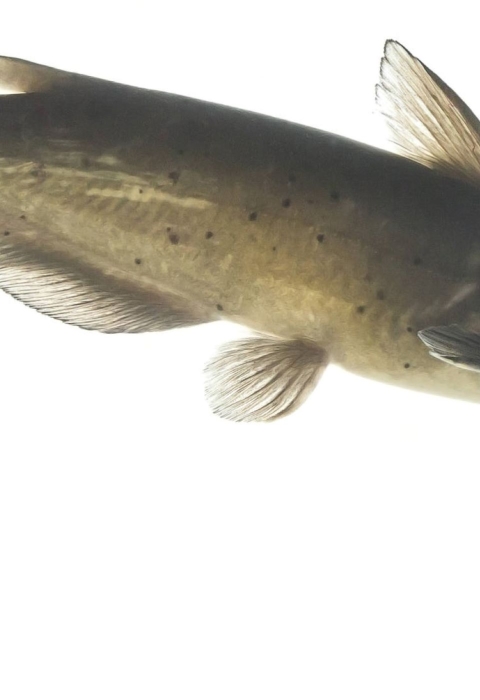I grew up in northern Wisconsin as the son of a muskie fisherman. Muskies are the fish of 10,000 casts; not exactly a normal strategy to hook a kid on fishing, but it worked. I started fishing at five years old and hit my 10,000th cast at age eight.
As I entered middle school, my interest in fishing for catfish was piqued by articles in In-Fisherman magazine. Armed with chicken livers and a rowboat, my best friend and I slowly unraveled catching channel catfish in the local rivers.
Fast forward to adulthood, I went on to earn a graduate degree in aquaculture; not only did I find myself amid the 300-million-pound channel catfish industry in the Mississippi River Delta, but I also learned some unique ways to prepare them.
Tip: Anyone who hasn’t tried Southern deep-fried cornmeal catfish with hushpuppies has missed one of the wonders of the world.
Tips for the Catch
Here in Idaho, our family spends many weekends fishing and camping in the outdoors. Although Idaho isn’t a famous catfishing destination, the Idaho Department of Fish and Game has stocked catfish in the Snake River and other impoundments that can provide fantastic fishing opportunities. Any good angler keeps their spots a secret, but Deer Flat National Wildlife Refuge in Nampa, Idaho, has some world-class catfish fishing (hint, hint).
Catfish thrive in warm waters and feed by smell, and sometimes, the smellier the better for bait. However, I prefer nightcrawlers, chicken liver, or prepared dough baits — they are effective and don’t run the risk of your clothes reeking of catfish bait for weeks afterwards.
Catfish can be caught any time, but fishing after dark is preferred. Large catfish use their keen sense of smell to feed under the cover of darkness. Once captured, catfish for the dinner table should be kept in a live well or put immediately on ice.
Cleaning Your Catch
There are plenty of videos and directions on cleaning catfish. Catfish are unique in that skinning pliers can be used to pull the skin off the fish. I generally just use a fillet knife to accomplish the same task.
Tip: You’ll also want to remove all the reddish-brown colored fat from the fillet.
Once filleted, catfish are best consumed fresh. I soak them in milk overnight to ensure a sweet, mild flavor. If you need to freeze them for later, you can cover them completely in water or vacuum seal and freeze them. Either method will work well for up to six months.
Cooking Your Catch: Southwest Catfish Fajitas
Ingredients
- 1 red pepper, sliced
- 1 medium onion, sliced
- 2 pounds catfish, filleted and soaked in milk
- 2 tablespoons taco seasoning
- 1/4 cup olive oil
- 10 tortillas
- Salsa
- Chopped green chiles, to taste
- Cilantro, lime, and green onions for garnish
Remove all brown fat from fillets, cut into 1-inch strips and soak overnight in milk to enhance flavor. Rinse the fillets with cold water and drain.
Chop onions, peppers, and green chiles and set-aside.
Heat the 1/4 cup of olive oil in a large skillet on medium heat.
Add the catfish fillets and taco seasoning to taste. Cook until the fish is translucent.
Add in peppers, onions and green chiles and cook until tender. Brown the tortillas on a skillet and top with the fajita mixture. Garnish with additional green onions, green chiles, salsa, cilantro, and a splash of lime juice. For the last fajitas we made, I added a sprig of fresh rosemary for fun. Enjoy!
More recipes by Nate Wiese: A Family Tradition: Smoked Rainbow Trout Pasta
Learn more about the Lower Snake River Compensation Plan Office
Learn more about Deer Flat National Wildlife Refuge







